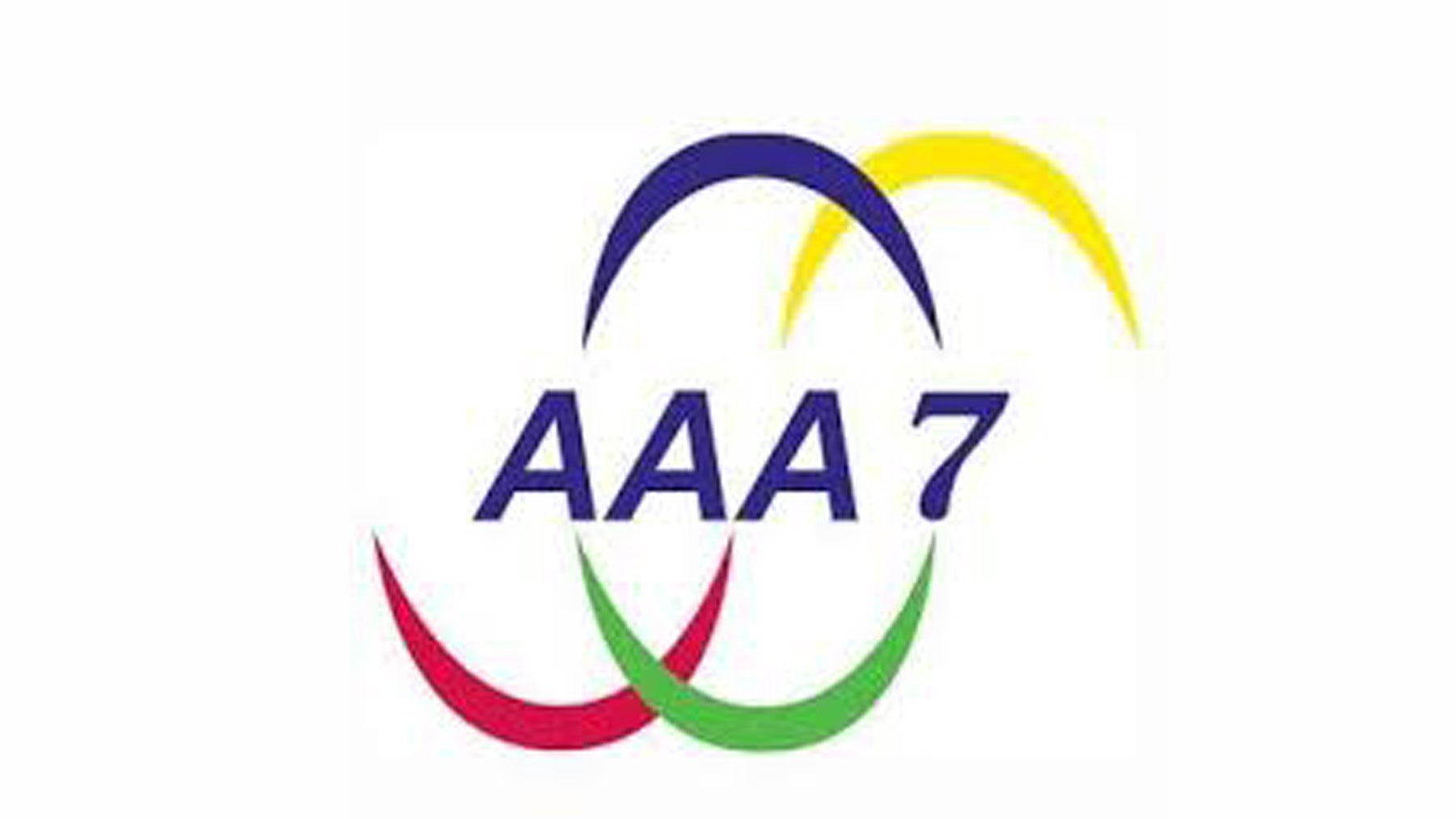Americans and their average education
Published 10:39 am Friday, December 31, 2010
In an age when we seem to define every child as exceptional, America has reached an educational measurement in comparison with other nations that rates no better than “average.”
In scores released by the 2009 Programme for International Student Assessment (PISA) American students scored average in reading and science and below average in math.
For a country that has walked away from manufacturing to market itself as the “Innovation Nation” we need to make some pretty frank assessments of how that future will come to pass if Americans lack the education and skills of our competitors.
The Secretary of Education, Arne Duncan, in response to the PISA report said “We have to get much more serious about investing in education.” In the broadest sense the Secretary is right that we must invest, but his words sound remarkably like that investment is financial alone.
It is not.
Most of our education system is comprised of schools operated by local funding through property taxes and local direction of school boards, with some statewide education rules and some federal rules linked to federal funds.
The localization of education can be, and has been at times in our history, a path to innovation and creativity, as well as a response to local needs.
A school in urban Pittsburgh may have remarkably different needs from a school in rural Montana … our system has long recognized and responded accordingly.
But times have changed, and the rest of the industrialized world has realized the value of education and has approached the solution as one of national importance. America needs to respond with some national innovation that raises the levels of accomplishments of our students.
First, facilities, schools, need to be modern and safe; facilities that reflect their importance to our society, well maintained and well provided with technology and security.
Property taxes have failed as a funding source in accomplishing this, leaving poorer communities without adequate physical facilities. We must fund schools on a basis of equality.
Second, security is crucial for education, but must be accomplished without schools reflecting prison-like circumstances. We need to seek better solutions to student violence, bullying, and teacher safety, and we need do so with an understanding that a school needs to be an inviting place for students to find comfort and safety.
Third, our students do not spend enough time in the classroom and need to add days to both the annual calendar and to the average day, including after school time for sports and tutoring. Tutoring needs to take place regularly, at the beginning of student academic struggles, not after challenges have turned into failures.
Fourth, we need to create an “Innovation Center” nationwide for the circulation of successful practices in education, so that districts may know and share ideas and innovations that work.
The U.S. Department of Education should focus upon the communication of innovation rather than the creation of rigidity of rule-making.
Fifth, tenure for primary and secondary schools teachers is no longer a relevant concept.
Teachers should establish resumes based upon their educational credentials, their work experiences, and their statistical successes, where their performance measures are a component, but not the single yardstick of measurement.
Their performance criteria should be directly related, not to national standards, but to where their students’ performance levels were at the beginning of the teachers’ assignment to the classroom.
We do need to invest in our schools and in excellent teachers, but it is not an investment only in dollars, but one in the commitment of families, the support of society, and the recognition that education frees us to be the best we can be.
Jim Crawford is a contributing columnist for The Tribune and a former educator at Ohio University Southern.




